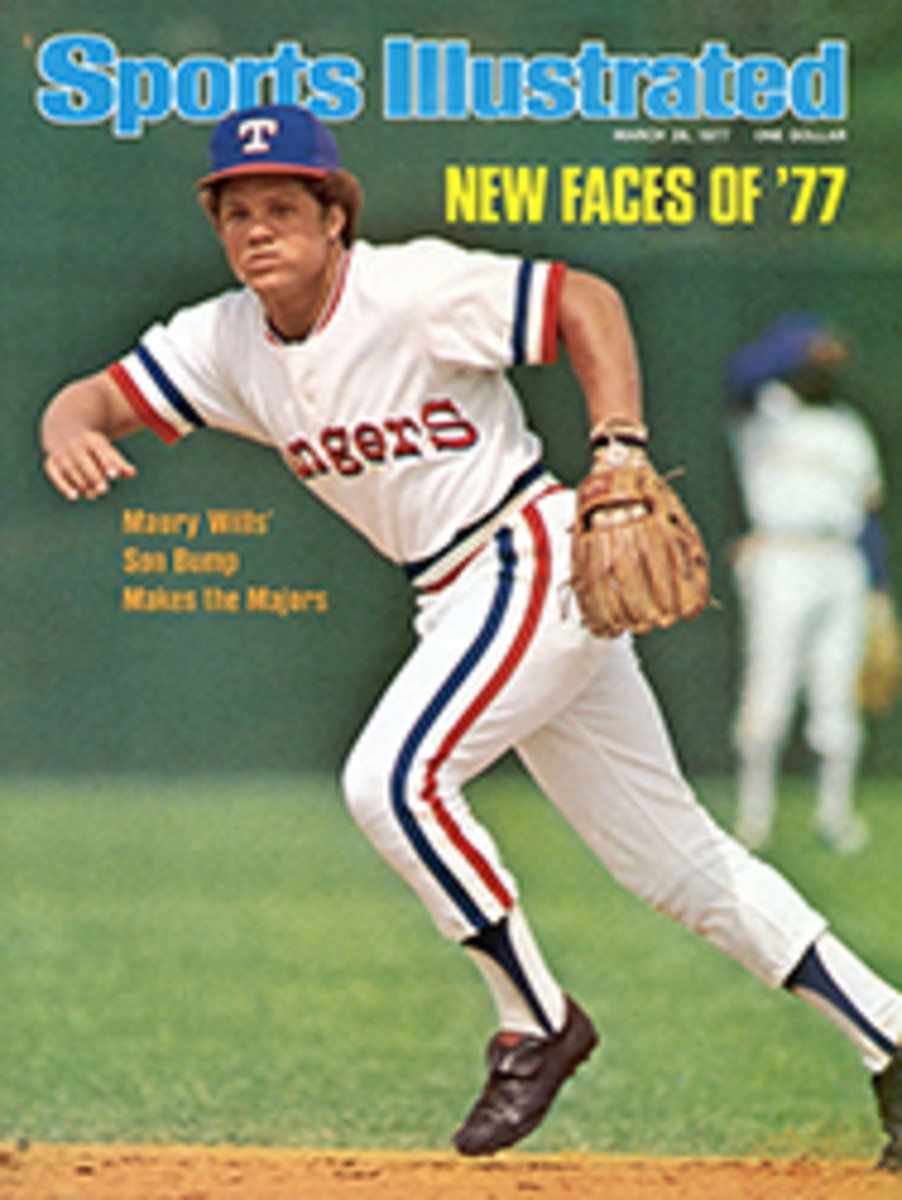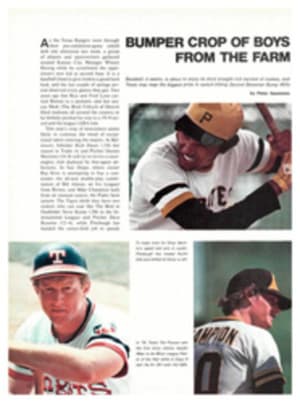
THE ROAD TO SUCCESS PASSES FOUR CORNERS
The manner in which North Carolina disposed of Kentucky 79-72 at the East regional in College Park, Md. may have set back the cause of run-and-gun basketball as many as 50 years. With only five minutes gone in the second half, Coach Dean Smith sent his Tar Heels into their celebrated four-corners offense, gambling that a slowdown would protect a dwindling 59-53 Carolina lead and help compensate for the absence of two injured starters, Phil Ford and Tommy LaGarde. Goodby, shooting gallery. Hello, foul-shooting contest.
"A month ago I didn't know if we could beat a team as strong as Kentucky, even with Ford and LaGarde," said Smith. "But that's the beauty of the four corners." For some, the four corners is just a game of tag with a ball thrown in to keep it legit—a walking advertisement for the 30-second clock. Certainly for Kentucky, a rough-and-tumble outfit with serious designs on the national championship, it was particularly humiliating having to chase Ford's running mate, the tournament's outstanding player, John Kuester, all over Cole Field House in a vain attempt to catch up.
But call Smith's move a gamble, despite his past success with college basketball's version of the prevent defense. LaGarde was hobbling around the arena on crutches with torn cartilage in his knee. Forward Walter Davis was playing with three screws in the broken index finger of his shooting hand. Finally, as capable as Kuester is of delivering in the clutch, he is not Phil Ford.
At least he wasn't until Saturday afternoon, when Ford was forced out of play because of foul trouble and an aching right elbow—a souvenir of a last-minute collision during Thursday night's dramatic 79-77 win over Notre Dame. Ford had won that game by bouncing up off the floor to sink the decisive free throws—his 28th and 29th points of the night—with two seconds to play, Carolina having come back from 14 points down. But when Kuester cranked up the four corners against Kentucky, Ford was holding an ice pack to his sore elbow, destined to score only two points.
The last 15 frantic minutes of keep-away produced results that surprised even Smith: three wide-open layups right off the bat, 14 free-throw attempts (every one a swisher), three Wildcats out of the game on fouls and only three turnovers. Kuester ended up with 19 points, sank 13 of 14 free throws and, more important, did not make a ball-handling error. Davis got 21 points by dodging in and around Kentucky's huge front line for short jumpers. And Forward Mike O'Koren, the best freshman in the country of late, scored 14 points and pulled down a game-high seven rebounds.
This was not the earliest Smith had ever elected to go to the four corners. Once, against a powerful Duke team, he went into it almost from the opening tap, eventually losing 21-20. Even so, he nearly tarried too long against Kentucky. The Wildcats had reached the finals by disposing of VMI 93-78, undeterred by Ron Carter's magical moves and a stream of 12 unanswered VMI points early in the game. Trailing Carolina 53-41 at halftime, Kentucky had come out smoking with Forward Jack Givens scoring 18 of his game-high 26 points in the second half.
"Kentucky had that fire-in-the-eyes look," said Smith. "I don't know what it is about the ACC that makes people want to beat us so bad. But I saw that same look against Purdue in the first round. And Notre Dame's Toby Knight started both halves with a dunk."
Still, the Kentucky-North Carolina final had all the elements of a friendly feud. No Wildcat player or coach was screaming for anti-four corners legislation in the loser's locker room afterward. The most antagonistic remarks came from the Cats' baby-faced Forward Rick Robey, who termed the whole thing "aggravating."
That sums up the four corners, all right. And it may be the wave of the future. If North Carolina goes ahead of Las Vegas 2-0 at the start of their semifinal game, you may see it right then.
PHOTO
N.C.'s Kuester drove the final nail into Kentucky.

